Plant Trees
Plant trees for impact and help restore ecosystems around the world! Plant a Tree!
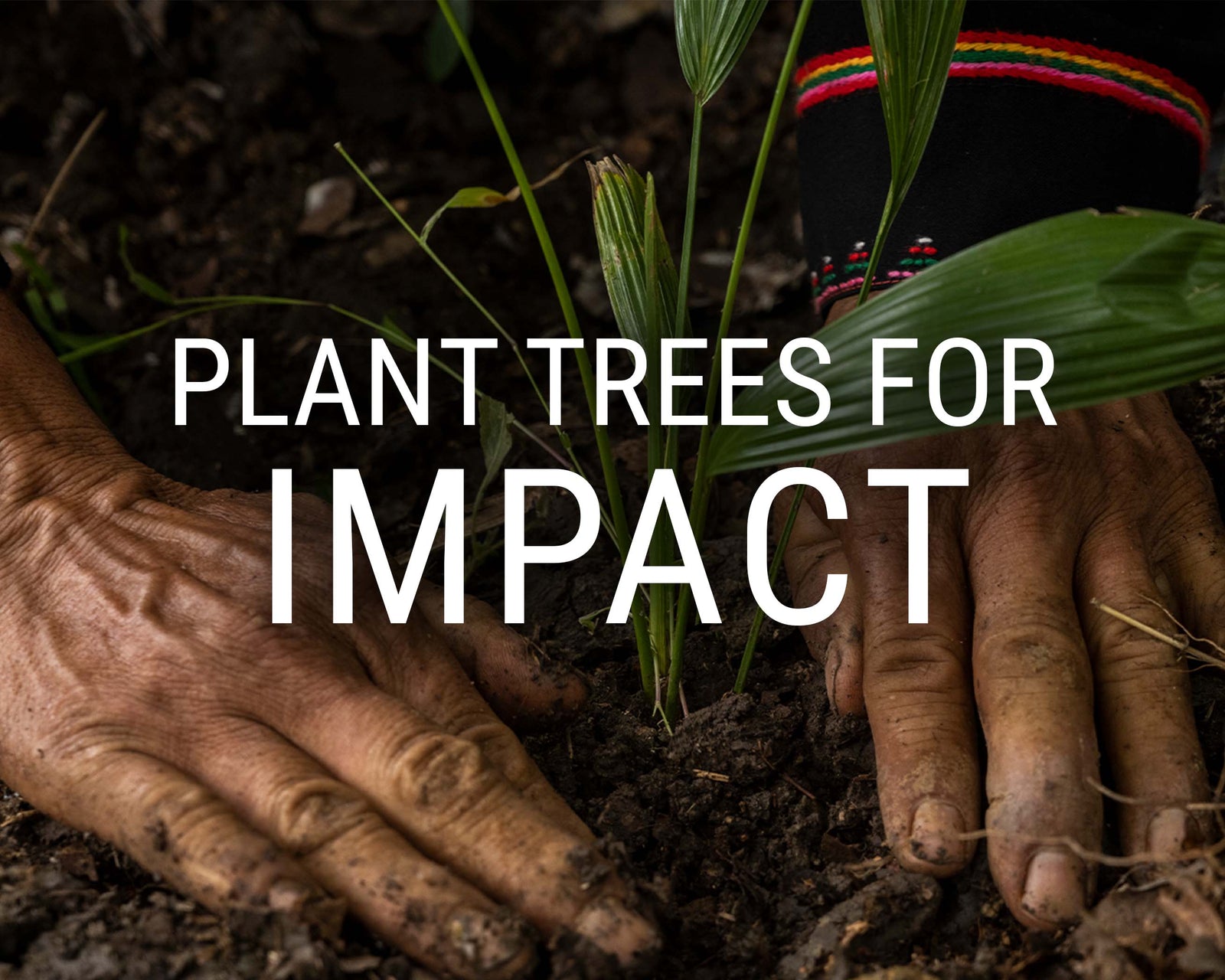
Plant trees for impact and help restore ecosystems around the world! Plant a Tree!
About
Stay up to date on major announcements, exciting collaborations, and more. Visit our Newsroom
We make it simple for anyone to plant trees, and together we can make an incredible impact. Learn more
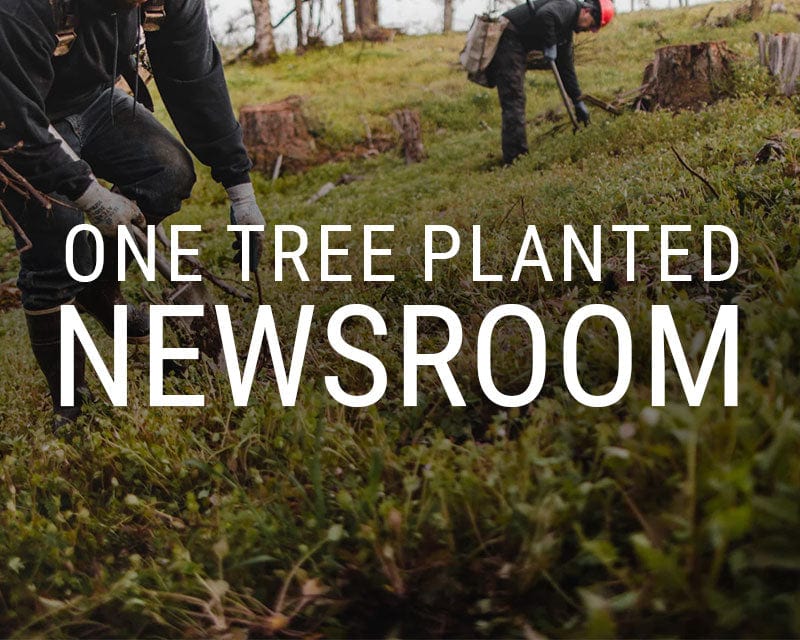
Stay up to date on major announcements, exciting collaborations, and more. Visit our Newsroom

We make it simple for anyone to plant trees, and together we can make an incredible impact. Learn more
Get Involved
Become a business partner to improve your company’s sustainability initiatives and make an impact. Learn more
See how your support and leadership can help us fund reforestation efforts across the globe. Learn more

Become a business partner to improve your company’s sustainability initiatives and make an impact. Learn more
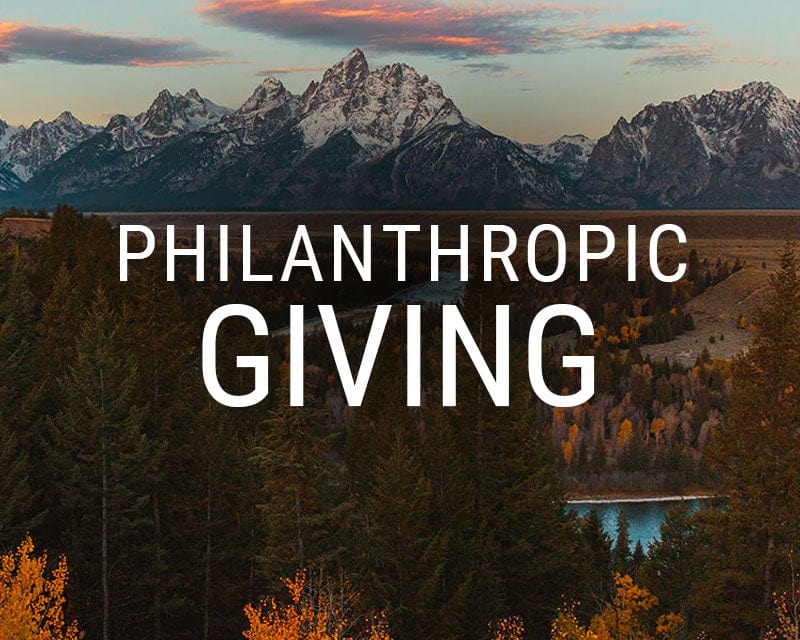
See how your support and leadership can help us fund reforestation efforts across the globe. Learn more
Learn
Read about stories from the field, interesting facts about trees and get your healthy dose of nature. Visit our blog
Comprised of lesson plans, learning modules, resources, and activities, our T.R.E.E.S. School Program is the perfect addition to your curriculum. Learn more
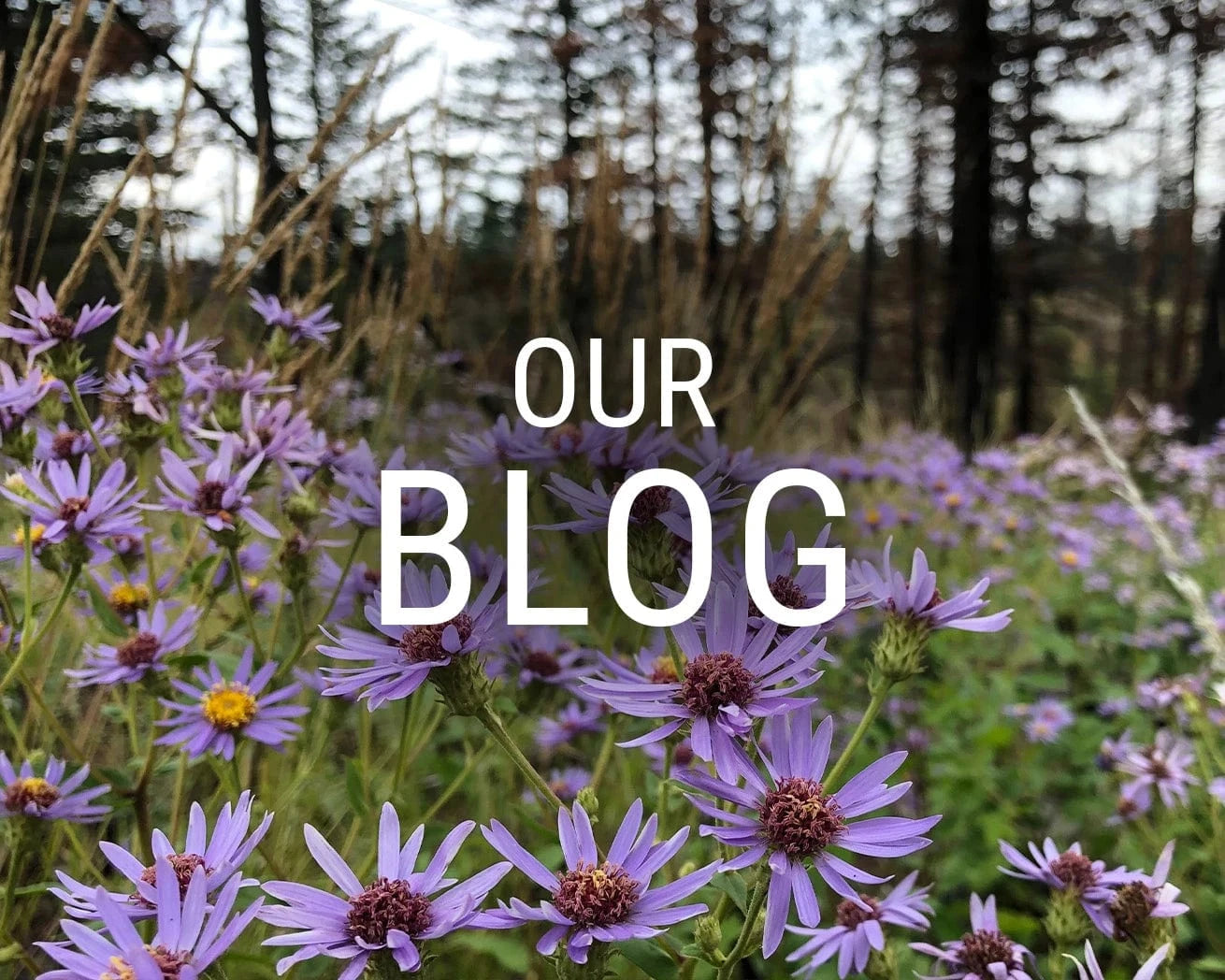
Read about stories from the field, interesting facts about trees and get your healthy dose of nature. Visit our blog
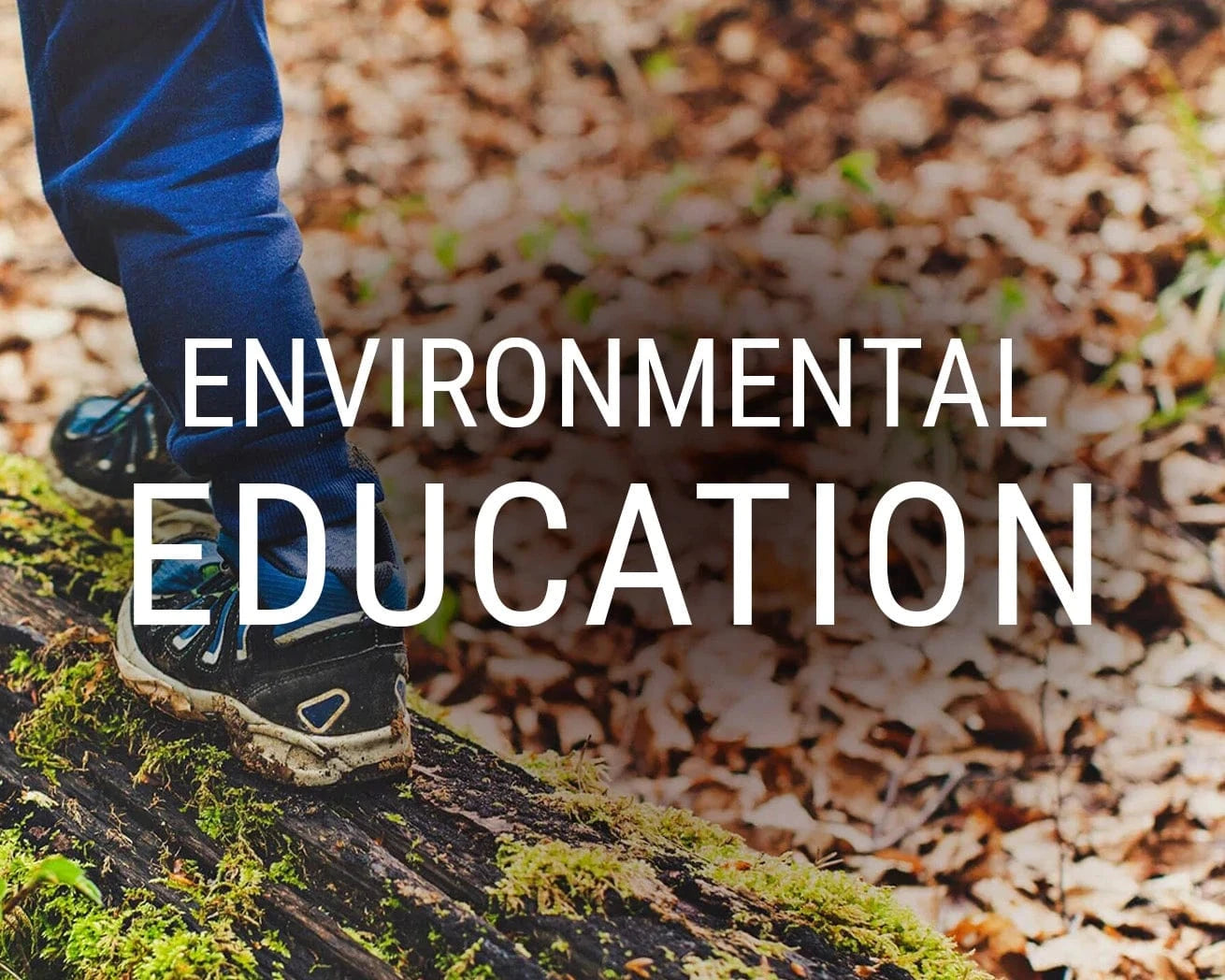
Comprised of lesson plans, learning modules, resources, and activities, our T.R.E.E.S. School Program is the perfect addition to your curriculum. Learn more
Shop
Our fan-favorite Reforestation T-Shirt. Wear it with pride to show your support of reforesting our planet, one tree at a time. Shop now
Give the gift that lasts a lifetime! Choose an image, write your personalized message and select a delivery date to gift a tree. Gift a tree
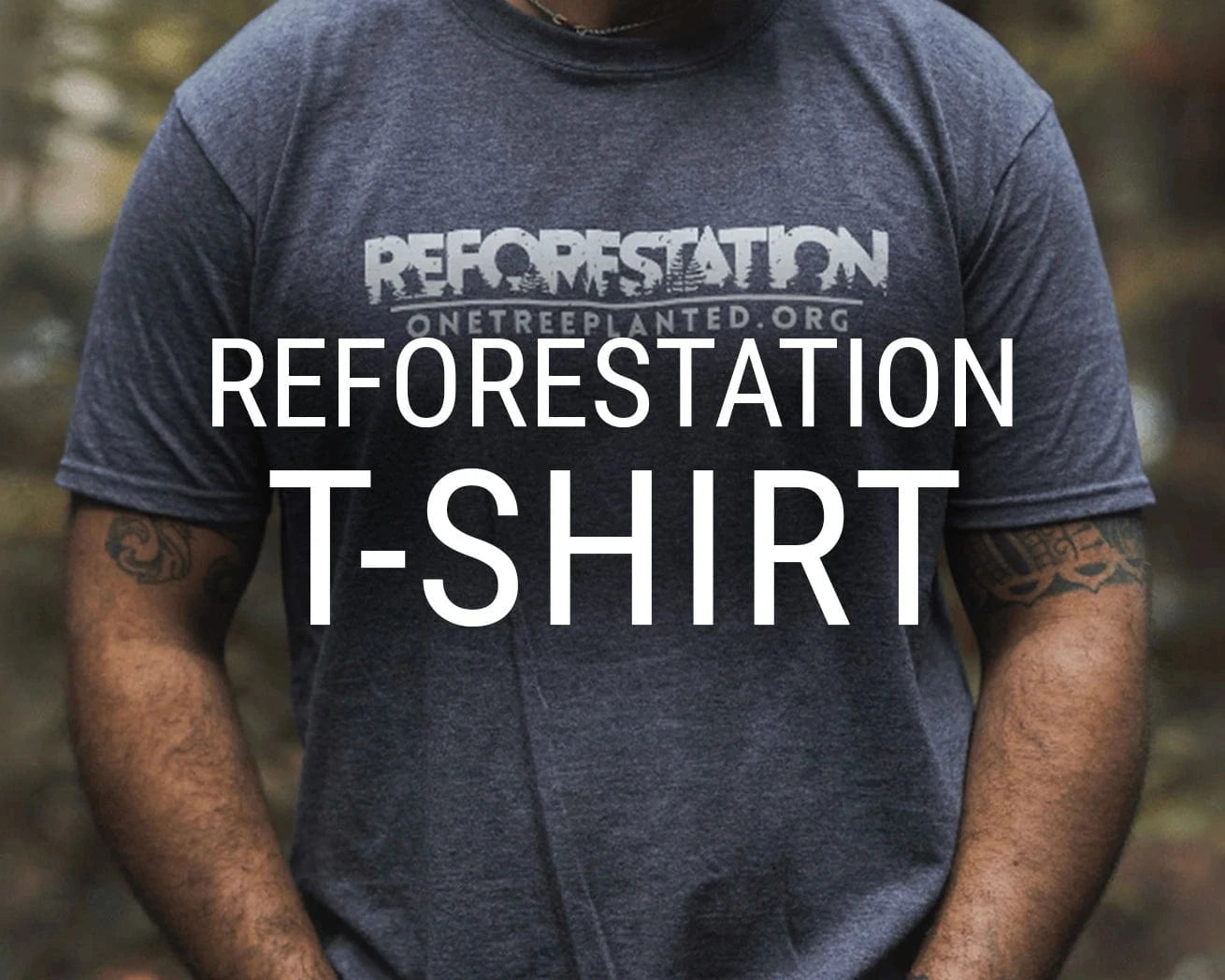
Our fan-favorite Reforestation T-Shirt. Wear it with pride to show your support of reforesting our planet, one tree at a time. Shop now
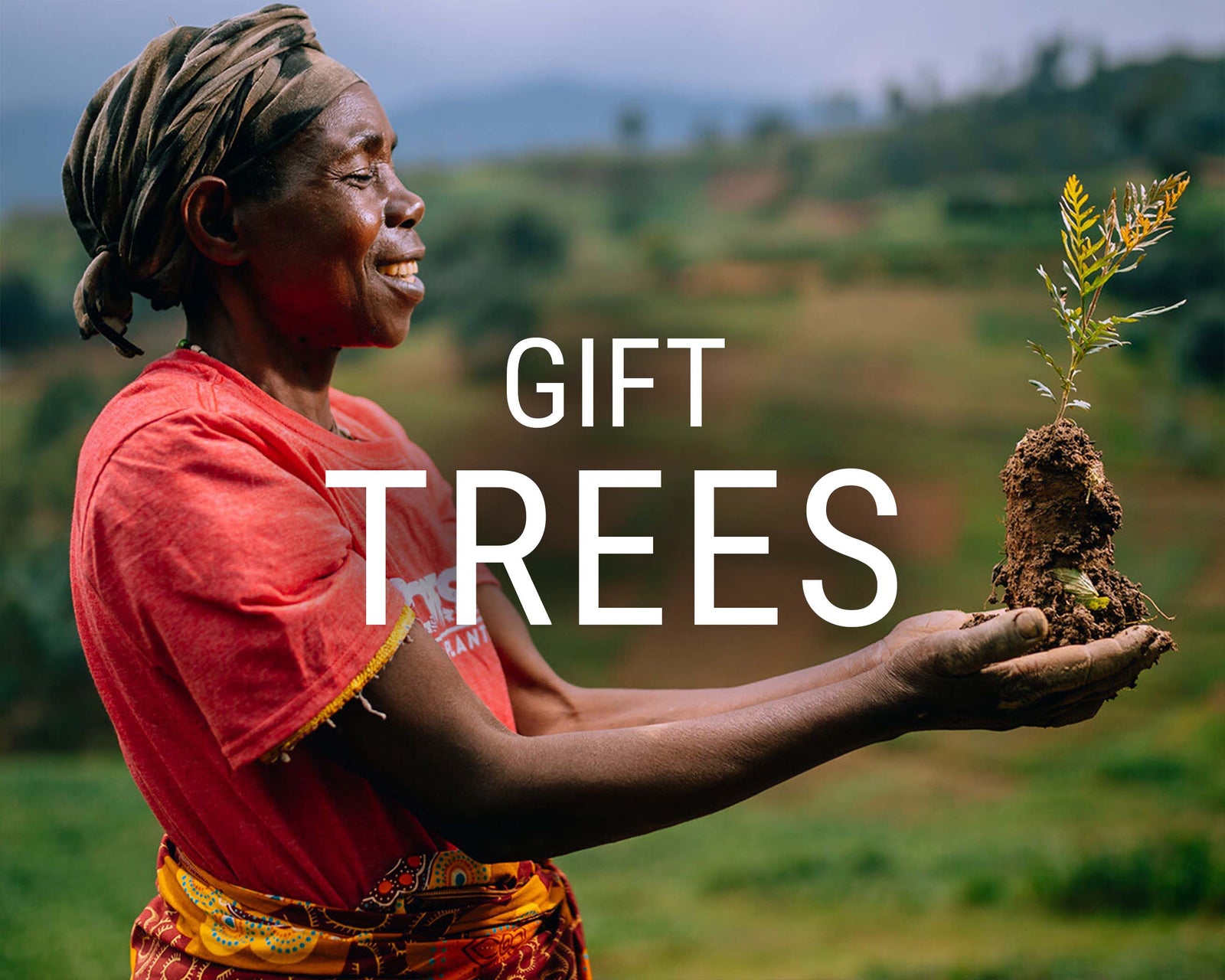
Give the gift that lasts a lifetime! Choose an image, write your personalized message and select a delivery date to gift a tree. Gift a tree
Get Involved
Plant Trees
Get news, updates, & event Info delivered right to your inbox:
What Is a Forest?
Forests cover 31 percent of the Earth’s land surface — or, just over 4 billion hectares of forest. Forest composition differs depending on tree density, tree height, land use, and ecological function, but all forests have one thing in common: trees.
Generally speaking, a forest is an area of land where trees are the dominant living things. Typically, forests also consist of a complex ecological system, but trees are at the root of everything. Forests are a critical ecosystem type, and with forest cover diminishing every day, it’s important we understand what a healthy forest looks like to help sustain these vital lands.
Four Features of a Healthy Forest
Healthy forests are vital to surrounding ecosystems and help support economic, ecological, and sociocultural functions. Many people don’t realize that there is a big difference between a forest and a healthyforest. So, the next time you’re strolling through a forest, keep an eye out to see if you can spot the key indicators of a healthy forest.
Forest ecosystems consist of living and nonliving components. The living components of a forest include everything we typically associate with forests: animals, trees, plants, and even fungi. Nonliving components include water, air, soil, and other landforms that help sustain the forest ecosystem.
A forest's nonliving and living components rely on one another to maintain the ecosystem. Because of this, the elements of a healthy forest can be spotted by a trained eye. Let’s talk about some of the key elements that indicate a healthy forest!
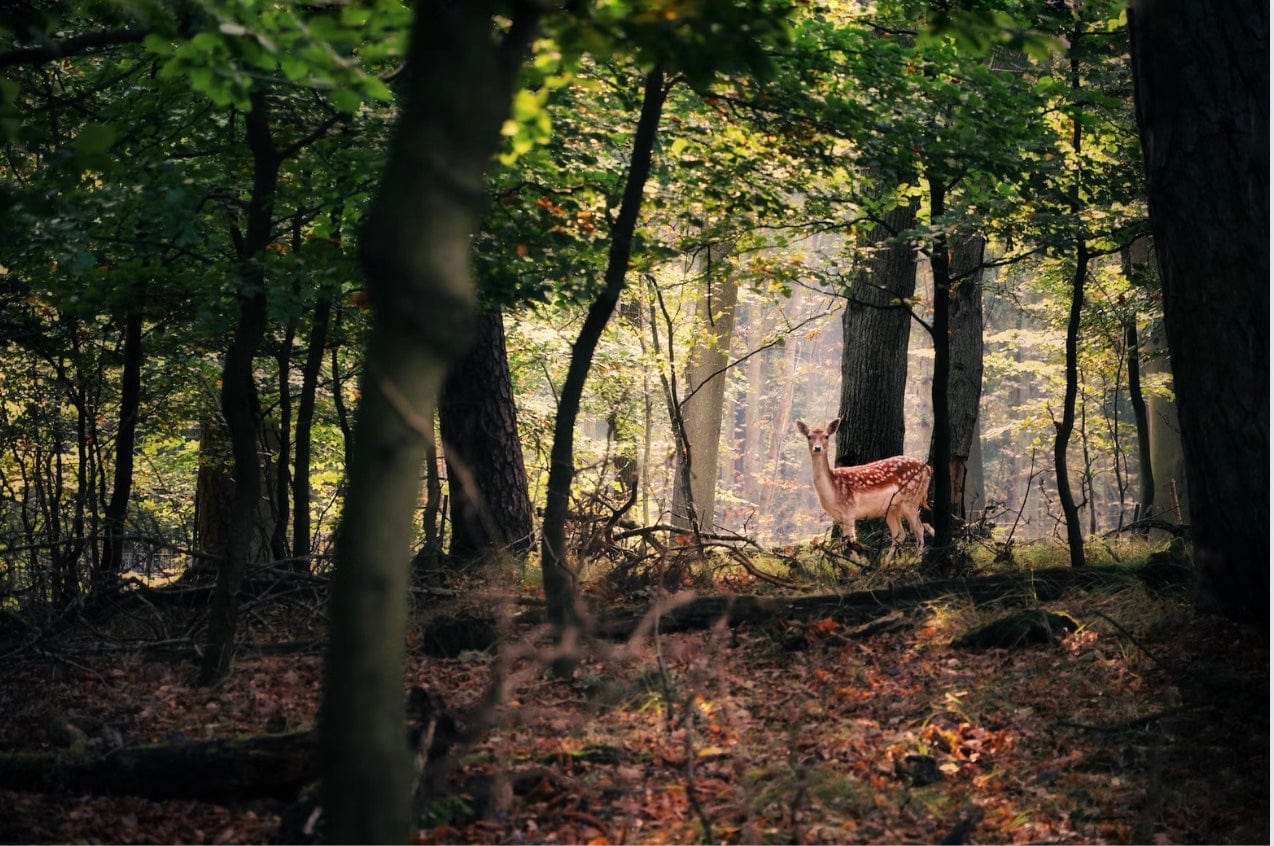
Healthy Forests Have Abundant Plant and Animal Life
Think back to your last hike through a local forest. When you close your eyes and listen, a forest is usually quiet but rarely ever silent. Birds are chirping and singing, deer and other animals are grazing, and squirrels are scurrying around from tree to tree.
All of these sounds indicate a healthy forest. When we think of who lives in a forest, wildlife such as birds, squirrels, bears, and moose probably come to mind first. While they are certainly part of it, they aren’t the whole picture. Trees, plants, and fungi are also crucial to a healthy forest.
Ideally, a healthy forest has a diverse range of species and constantly changes with nature’s cycles and seasons. If diverse plant and tree species are present, wildlife will thrive and diversify as well.
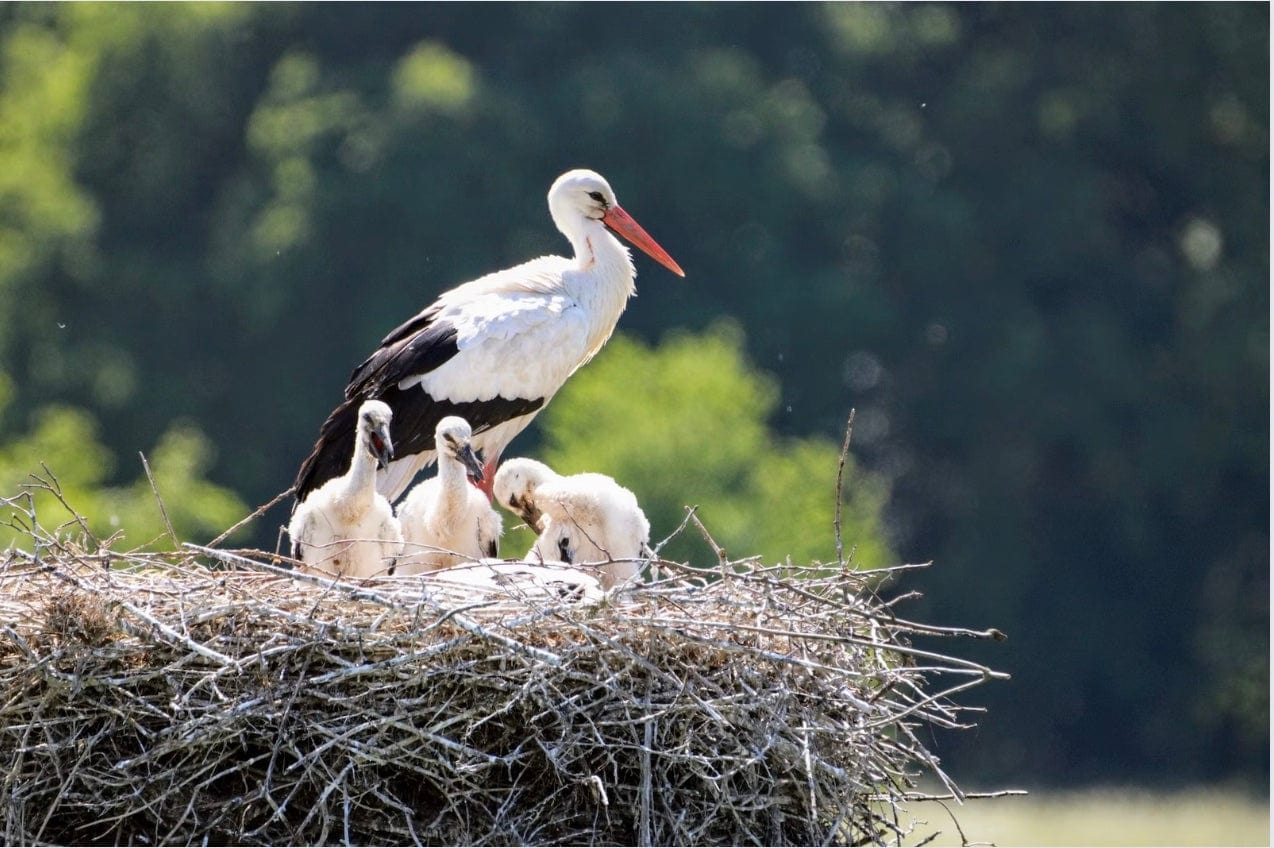
Healthy Forests Sustain Diverse Habitats
All of the forest life mentioned above need homes, and a healthy forest can provide diverse habitats to a range of flora and fauna.
Different species require different forest features for their survival. Climate, elevation, and water access are just a few elements that determine whether a species can thrive in a specific area. The next time you’re exploring a forest, see if you can find any habitat types that help sustain living things.
The habitat types can range from open, grassy meadows ideal for grazers to dense areas with trees and vegetation ideal for shade — and even ponds, creeks, or rivers for aquatic animals. To sustain diverse species, a forest must be able to support a range of habitat types.
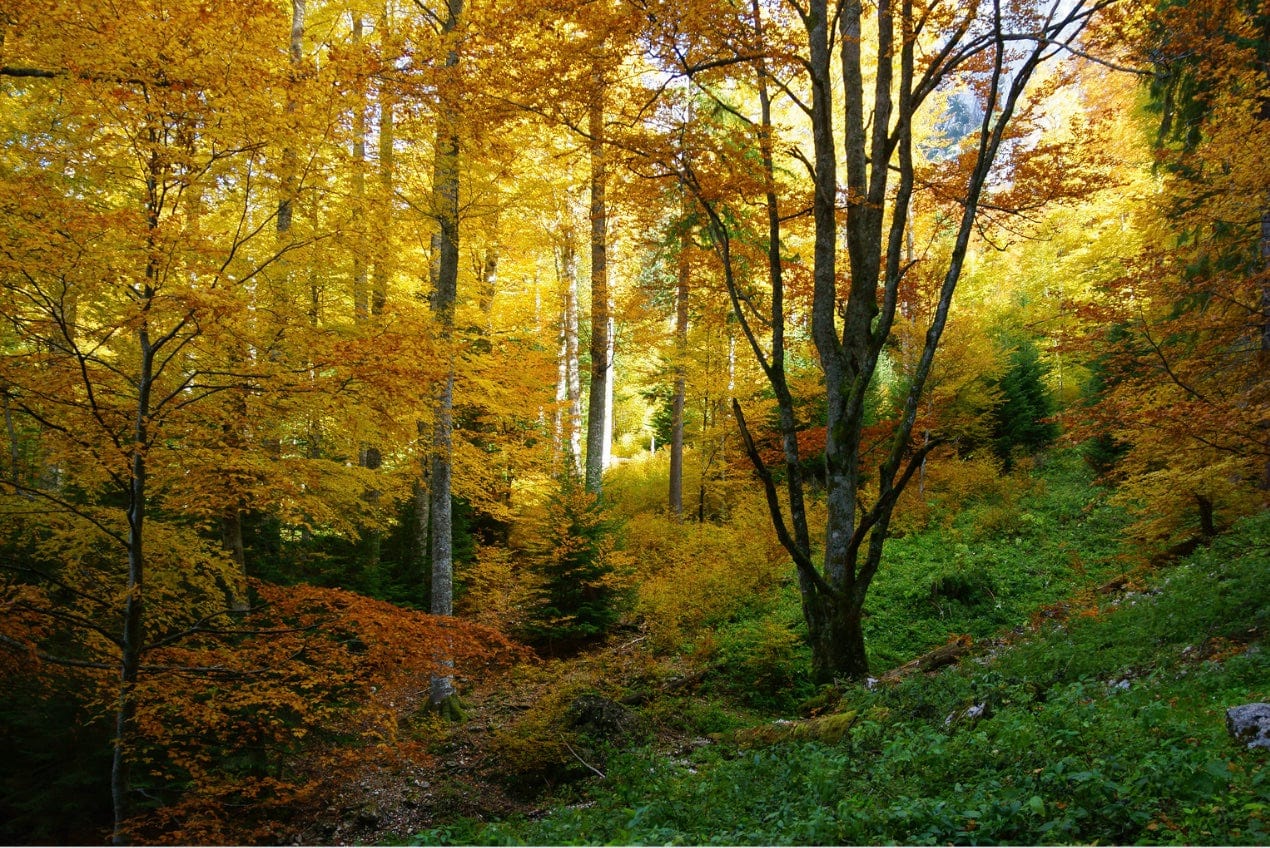
Healthy Forests Contain Trees of All Shapes and Sizes
Typically, whenever we think of forests, we think of grand, beautiful trees towering over us. While those trees are beautiful and important, the true sign of a healthy forest is trees of all different ages and sizes.
Trees are incredibly adaptive, but if there aren’t young saplings mixed in with the more mature trees, then that could be a sign of poor soil conditions that are preventing new trees from growing.
Often, if mature trees are dying, that could be an indication of drought or disease, both of which are detrimental to the health of the forest. A healthy forest will have a variety of young and mature trees wherever you go, helping to provide diverse habitat types and support biodiversity.
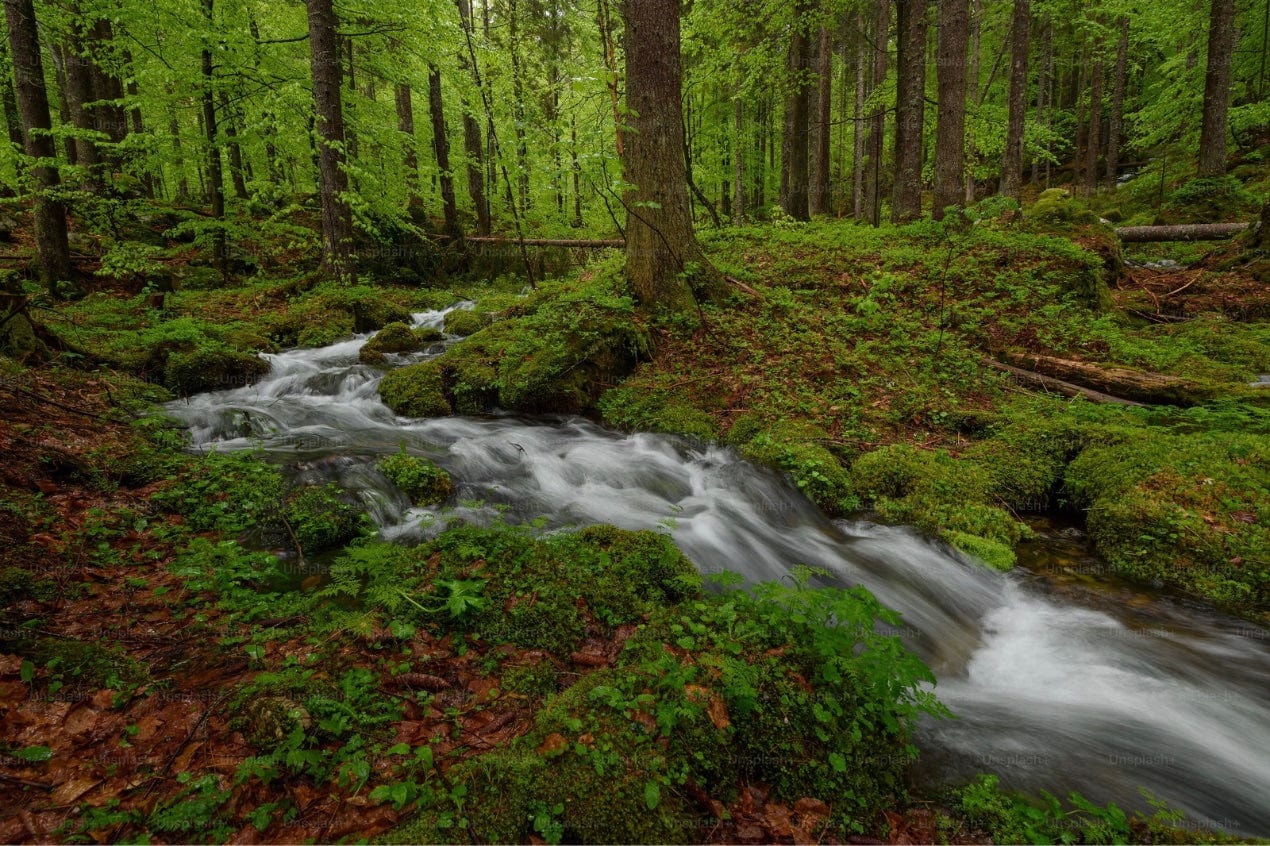
Healthy Forests Have Clean Air & Water
Much like us, animals need fresh water and clean air to live long and happy lives. A healthy forest will provide that.
Forests are incredible because everything is closely interconnected. If the forest has a healthy variety of tree species, the water and air will be cleaner and more supportive of life. With better water and air quality, animals and plants will thrive, living longer and more sustainable lives.
Human activities can also impact water quality, so be sure to tread lightly and leave no trace when you are visiting a local forest. Our job is to help keep our forests as healthy as possible, so let’s do our part!
Forests are a beautiful and vital part of our world. You can make a powerful impact on nature and communities by planting a tree!
Get news, updates, & event Info delivered right to your inbox:
Gabrielle Clawson
Gabrielle helps with fundraising and marketing, working with peer-to-peer fundraising as well as business fundraising. With experience in both women's rights and climate change organizations, she has a strong passion for non-profits and is excited to make an impact in the world through environmental change!
Related Posts
15 Amazing Trees to Remind You Why Nature is Awesome
01/08/2023 by Meaghan Weeden
Good News! 7 Positive Environmental News Stories From July 2023
27/07/2023 by Gabrielle Clawson
5 Important Tree Species You Need to Know
27/07/2023 by Gabrielle Clawson
Popular On One Tree Planted
8 Amazing Bamboo Facts
18/07/2023 by Meaghan Weeden
Inspirational Quotes About Trees
11/07/2023 by Meaghan Weeden
27 Ways to Prevent Climate Change
13/06/2023 by Meaghan Weeden





